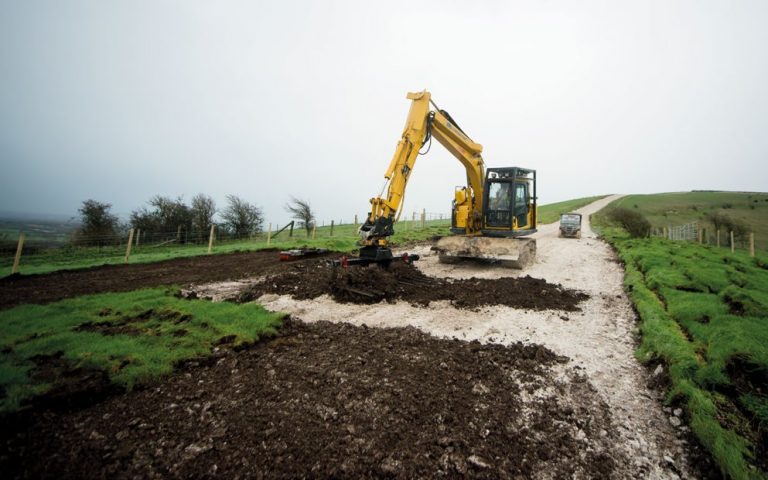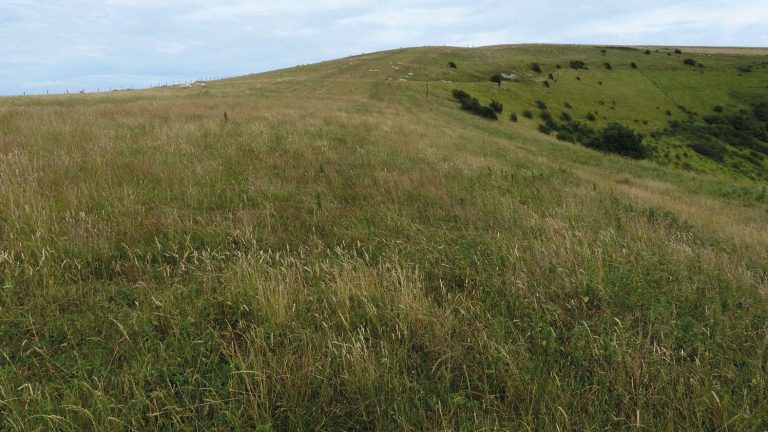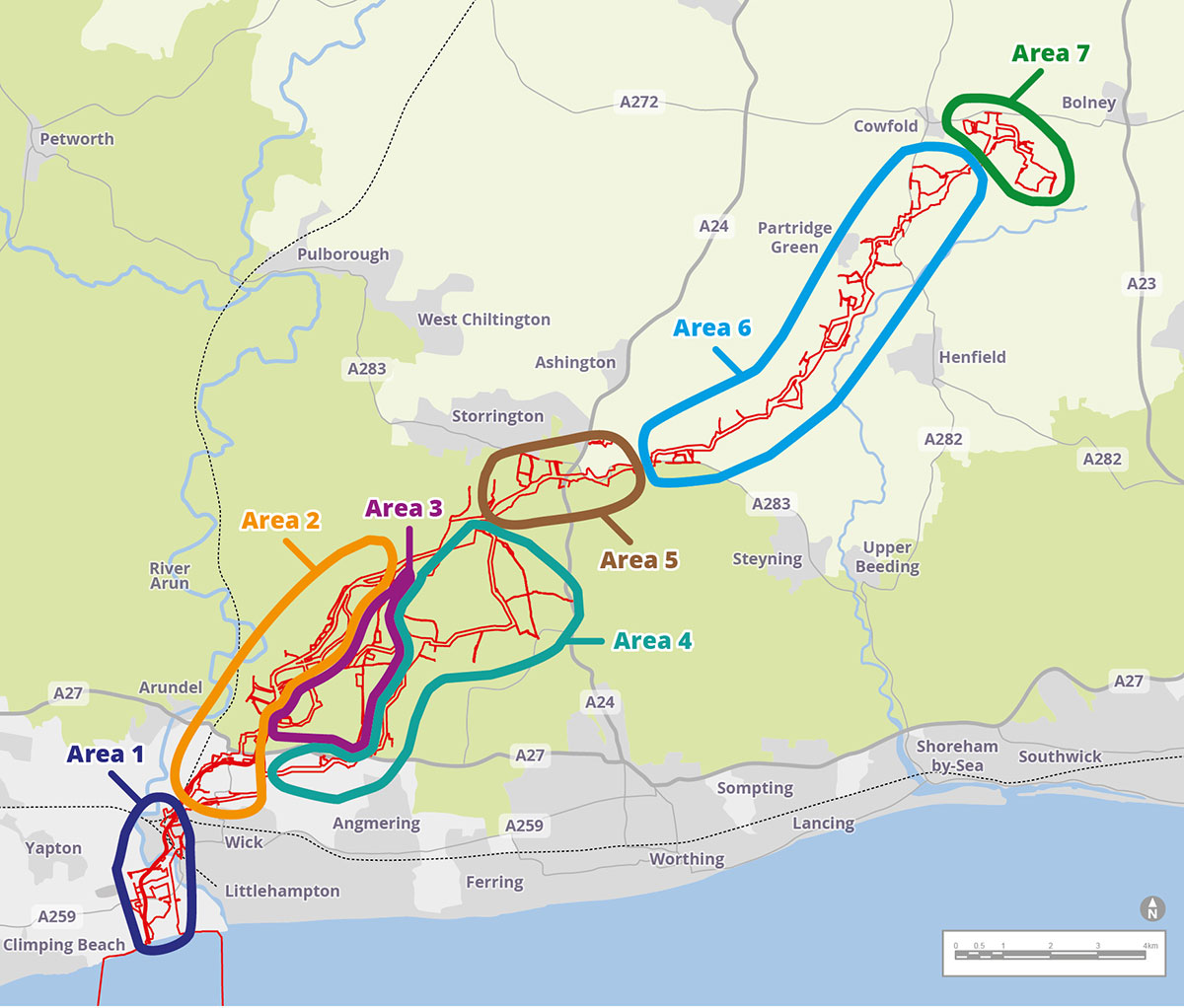Consultation Proposals
You can read an introduction to our consultation proposals below, before clicking on the interactive map. The introduction will tell you about this consultation and some of the key definitions we use in our consultation documents. You can then use the interactive map to see which areas you might be interesting in learning more about our proposed changes to our onshore cable route. We’ve split our map into 7 areas and you can click on each one to view more about our latest proposed changes in each area. As well as reading about our proposals via the clickable map, you can also download an entire pdf of all our proposed changes, along with more information on how to respond and other decisions we have made.
Also please carry on below for access to more technical documents that have been prepared to accompany this consultation.
Cable Route Areas
Technical Consultation Documents
Introduction to this Consultation
What is this consultation about?
This consultation is only about potential changes to our onshore cable route. The onshore cable oute would cover a distance of approximately 40km, but the works to install the cables would only be temporary. The land affected by the installation works would be fully restored back to its former condition once complete, other than occasional access covers for maintenance.
We are doing this consultation because of feedback we have received from consultation and ongoing engagement, along with our own engineering and environmental work.
We are presenting a number of potential changes for consultation, in the form of alternative and modifed cable routes or accesses, or entirely new trenchless crossings or accesses. The new accesses could be for use during construction, operation or both. In some areas we are proposing much longer alternative cable routes.
These website pages provide a summary of the new potential changes and shows where they are on the route. If you want to, you can just respond based on this document, or you can read more in our other consultation documents. This includes more detailed information about potential environmental effects in our “Preliminary Environmental Information Report – Supplementary Information Report’ (or ‘PEIR SIR’ for short). The PEIR SIR adds more environmental information about these new potential changes to the PEIR we consulted on last year.
The onshore cable route changes are the focus of this consultation. All feedback received will be considered alongside the feedback already received on our original cable route proposals. This will help us reach a fnal decision on which options to adopt for our fnal proposals, which we will submit in our consent application in 2023.”
What makes up this consultation?
The main things making up this consultation are:
These Consultation Pages
These pages contain a summary of the potential onshore potential alternatives and modifications and how to respond to this consultation.
Consultation Response Form
A form for respondents to express their views on the changes and submit to the project team for consideration. Consultation responses will also be accepted via email and mail.
Click here to have your say online or Click here to download PDF
Work Plans
We’ve produced plans for our potential changes which are similar to those that will be in our future consent application. These give more information on where we are proposing extra works areas relative to the original route that we consulted upon in 2021.
Click here to view our Work Plans
PEIR SIR
The PEIR Supplementary Information Report, which includes more detailed preliminary environmental information about our proposed alternatives and modifications. Our original PEIR document also forms part of this consultation, as you can use it to understand even more about what is written in our PEIR SIR.
Click here to view PEIR SIR documents
Outline Code of Construction
We previously developed an Outline Code of Construction which sets out how we would manage the construction works in a responsible manner. This can be viewed and commented on as part of this latest consultation.
Click here to view our Outline Code of Construction
Videos
You can watch various videos to help understand this consultation and our approach to onshore construction.
- Introduction to the consultation from the Project Manager and Stakeholder Manager
- Cable route reinstatement video from the original Rampion project, about how we restore the land after our cable is laid
- A series of construction videos from the original Rampion project
Click here to watch our Rampion 2 Offshore Wind Farm Videos
Archived Consultation Materials
Although we are not asking for comments on them in this consultation, you can still all our original consultation materials from our Statutory Public Consultation held from July to September 2021. You may want to view them for a wider understanding of our project, so we have made them available at www.rampion2.com/consultations-2021
Definitions
Throughout this document we use some key definitions which are shown in bold in our text:
Alternative Cable Route (ACR):
Potential cable route alternatives which we would like your feedback on.
Longer Alternative Cable Route (LACR):
Just north of Lyminster we have two much longer alternative cable routes several kilometres in length, so we have named them differently to make them clearer.
Modified Route (MR):
New areas added to give extra flexibility around our existing cable route or acccess proposals. They are less likely to lead to new significant environmental impacts relative to ACR and LACR.
Alternative Access (AA):
New accesses for construction and/or operation which we are considering to get access from the local highway network.
Open trenching:
Most of our cable route will be installed by digging a trench and putting ducts in. Ducts are like tubes that we join together. The cables are then pulled through the ducts later. Using ducts allows us to dig shorter trenches at a time and reinstate the ground above them more quickly.
Trenchless crossing (TC):
In some locations we will need to drill or bore under obstacles such as rivers, railways and Climping Beach. This avoids disturbing the environment above or stopping transport services. A temporary drilling construction compound is needed at each end of the works.
Receptors:
Something that could be affected by our works, for example, a property or nature conservation site that might hear construction noise. We identify receptors to understand the potential effect of our project.
Landfall:
Where our offshore cables come ashore at Climping Beach.
Onshore substation:
Our new project substation at Oakendene, to transform the power from the wind farm to a higher voltage for connection to the national electricity transmission network.
National Grid Bolney substation:
The existing substation for our connection to the national electricity transmission network.
Cable route:
The route for our electricity cables from the landfall to the Bolney substation, via our own onshore project substation. The cables would be laid underground over a normal construction width of 50m, including our temporary construction works and the 20m permanent space we need for cables.
Cable corridor:
A wider corridor is often shown beyond our cable route, to allow flexibility, which we will decide whether to keep after our consultation.
Indicative cable route:
This is to help the reader interpret the maps, but is only an example of where the 50m route might run.
Construction traffic:
This could run along our actual cable route, dedicated access routes we create, or on the local highway network.
Construction access:
Used for construction vehicles to get to our cable route from the local highway network.
Operational access:
Used by vehicles to monitor or maintain our cables during operation of the wind farm.
PEIR:
Our Preliminary Environmental Information Report (PEIR) is an initial assessment of the original project, consulted on in summer 2021.
PEIR boundary:
The boundary for the onshore proposals we consulted on in summer 2021.
PEIR SIR:
Our PEIR Supplementary Information Report (SIR) provides extra information on the changes that are the subject of this consultation.
Work Plans:
Plans prepared to show the general categories of works in each of the new areas we are consulting on.
Cable route construction and reinstatement
What is your cable route like?
There will be no electricity pylons as the cables will be buried underground for the whole route, meaning most cable route impacts will be temporary. This consultation will help us look at how we might reduce our impacts further.
We aim to make our cable route as short as possible, whilst still carefully considering its impacts and avoiding key obstacles, locations or features.
Our 50m construction width allows:
- The permanent width of our electricity cable route and enough room to maintain it
- Extra width which we only need when building the cables, such as to store material we dig up, for construction compounds and for access routes within our working area.
How do you build the cable route?
When installing cables we typically:
- Prepare the site with accesses and fencing. We also remove soil except where we use trenchless crossings.
- Open trench or trenchless crossing are used to install ducts for the future cables
- Cables are pulled through the ducts and connected together
- Reinstatement where we have dug trenches or removed soil.
- Removal of all temporary fences, compounds and access routes.
What about the environmental effects?
Overall, our preliminary assessments show that some of our proposed changes in this booklet are likely to change the overall conclusions on impacts that we presented in our PEIR in summer 2021. We have therefore included a summary of these changes in each part of this booklet, which looks at our cable route in 7 areas. You can tell us about any comments or concerns you have about the enviornment in those areas.
You can also read more detailed enviornmental information about our proposed changes in our PEIR SIR including new receptors.
Reinstatement
The process of putting the land back to how it was.
Once the cables have been pulled through the ducting, the construction areas we have disturbed are fully reinstated. Soil is returned, hedgerows are replanted and grass is reseeded.
Once the reinstatement is fully established, the fencing and access points are removed and the land is handed back to the landowner.
For the original Rampion project, there is a requirement to monitor the reinstatement over a 10 year period and we propose to do the same for Rampion 2.
Watch the video at www.Rampion2/consultation to see how the original Rampion cable route was successfully reinstated.
During reinstatement after main construction
This is what our normal cable route looks like when we reinstate the surface after temporary construction. During construction, we also have construction compounds and accesses, along with drilling areas where different equipment is used for our trenchless crossings.

After reinstatement
The electricity cable installation would be a temporary impact as all cables would be buried underground except for occasional inspection covers. We are committed to reinstating the land back to its former condition as soon as we can.

We want to hear from you:
This consultation has been designed for people and organisations to give us their views and contribute to the evolving design of the Rampion 2 project. It provides a further opportunity to comment on potential changes to our onshore cable route which may be local to your home or business, or be somewhere that you visit.
Providing your feedback on our potential alternatives, modifications and accesses, can help influence our final onshore cable route proposals.
We encourage anyone who has any kind of interest in our potential changes to give us their views. This could be about how the potential changes may benefit or impact you, or something you care about.



